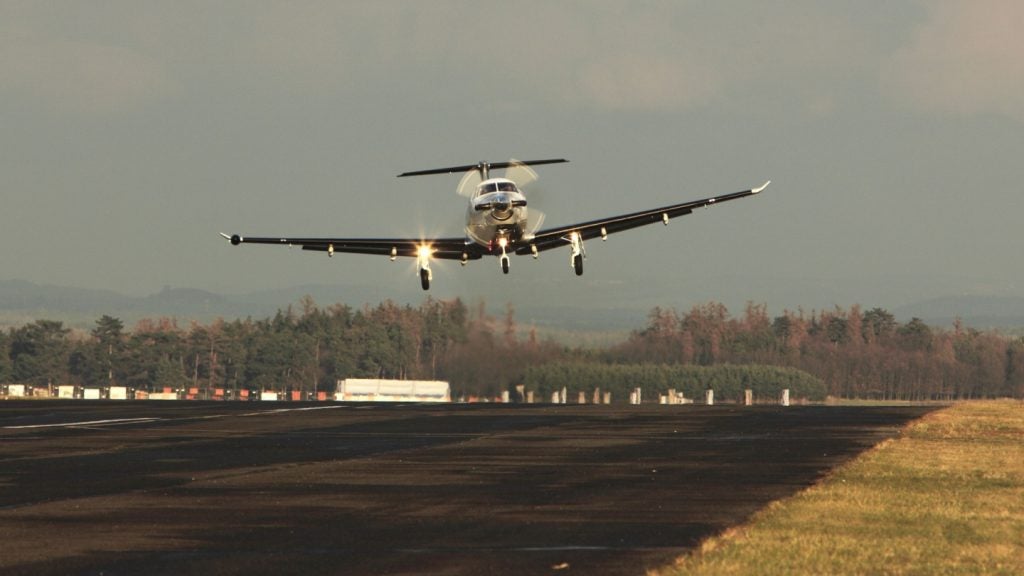The US Department of Transportation’s Federal Aviation Administration (FAA) has completed the equipment installation of the automatic dependent surveillance-broadcast (ADS-B) radio network, a next-generation aircraft tracking system.
As part of an infrastructure upgrade across the nation, ADS-B will allow air traffic controllers to track aircraft with greater accuracy and reliability, while giving pilots more information in the cockpit.
US Transportation Secretary Anthony Foxx said: "This upgrade is an important step in laying the foundation for the NextGen system, which provides controllers [with] a much more precise view of the airspace, gives pilots much more awareness and information, and as a result strengthens the safety and efficiency of our system.
"This state-of-the-art satellite system is already providing controllers with visibility in places not previously covered by radar."
Supporting a satellite-based surveillance system that tracks aircraft with the help of GPS, the ADS-B delivers more accurate location information than current radar.
See Also:
In addition to providing improved surveillance in areas with geographic challenges like mountains or over water, it offers better tracking of aircraft and airport vehicles on runways and taxiways, increasing safety and efficiency.
How well do you really know your competitors?
Access the most comprehensive Company Profiles on the market, powered by GlobalData. Save hours of research. Gain competitive edge.

Thank you!
Your download email will arrive shortly
Not ready to buy yet? Download a free sample
We are confident about the unique quality of our Company Profiles. However, we want you to make the most beneficial decision for your business, so we offer a free sample that you can download by submitting the below form
By GlobalDataAircraft equipped with ADS-B will give pilots information through cockpit displays about location in relation to other aircraft, bad weather and terrain, and temporary flight restrictions.
Of the 230 air traffic facilities across the country, around 100 are currently using this system to separate traffic. It is expected to be connected and operating at all 230 by 2019.
By 1 January 2020, all aircraft operating in controlled airspace must be equipped with ADS-B Out avionics, which broadcast the plane’s location.







